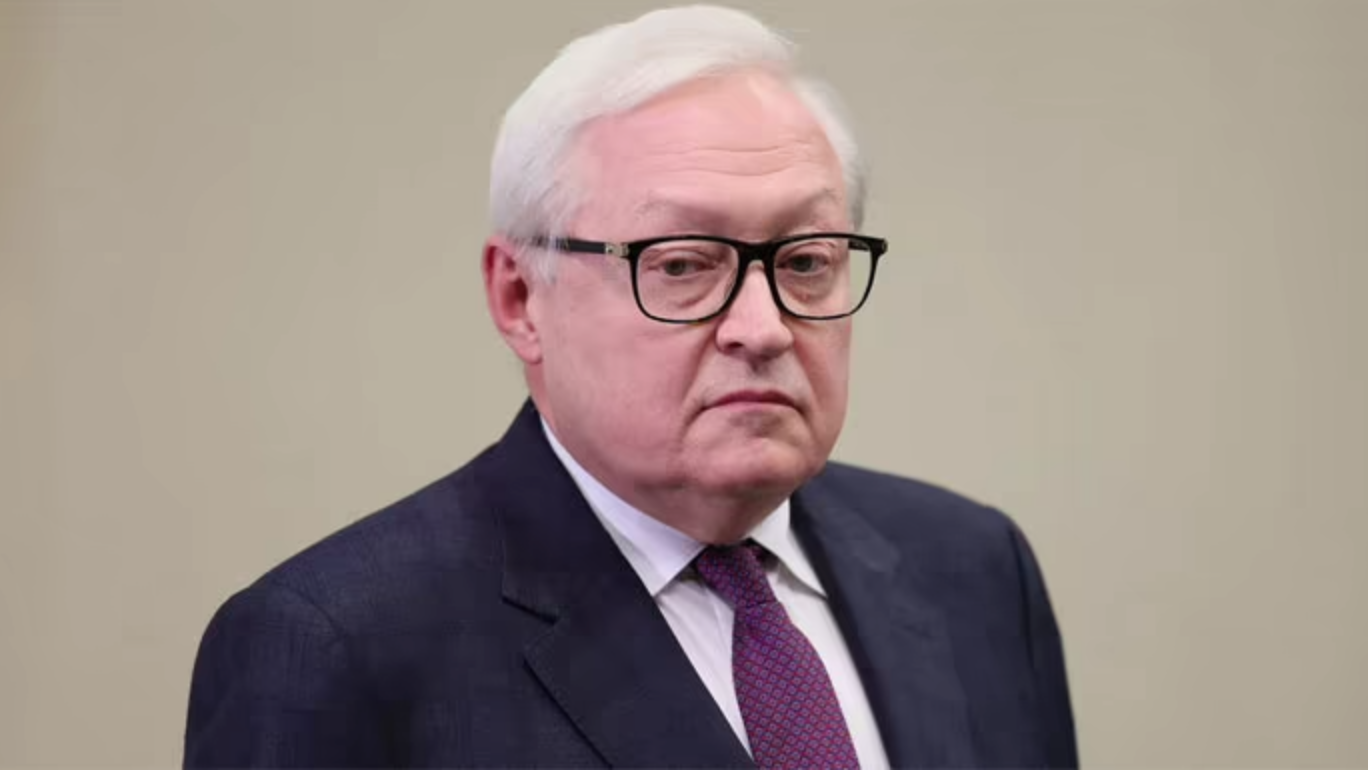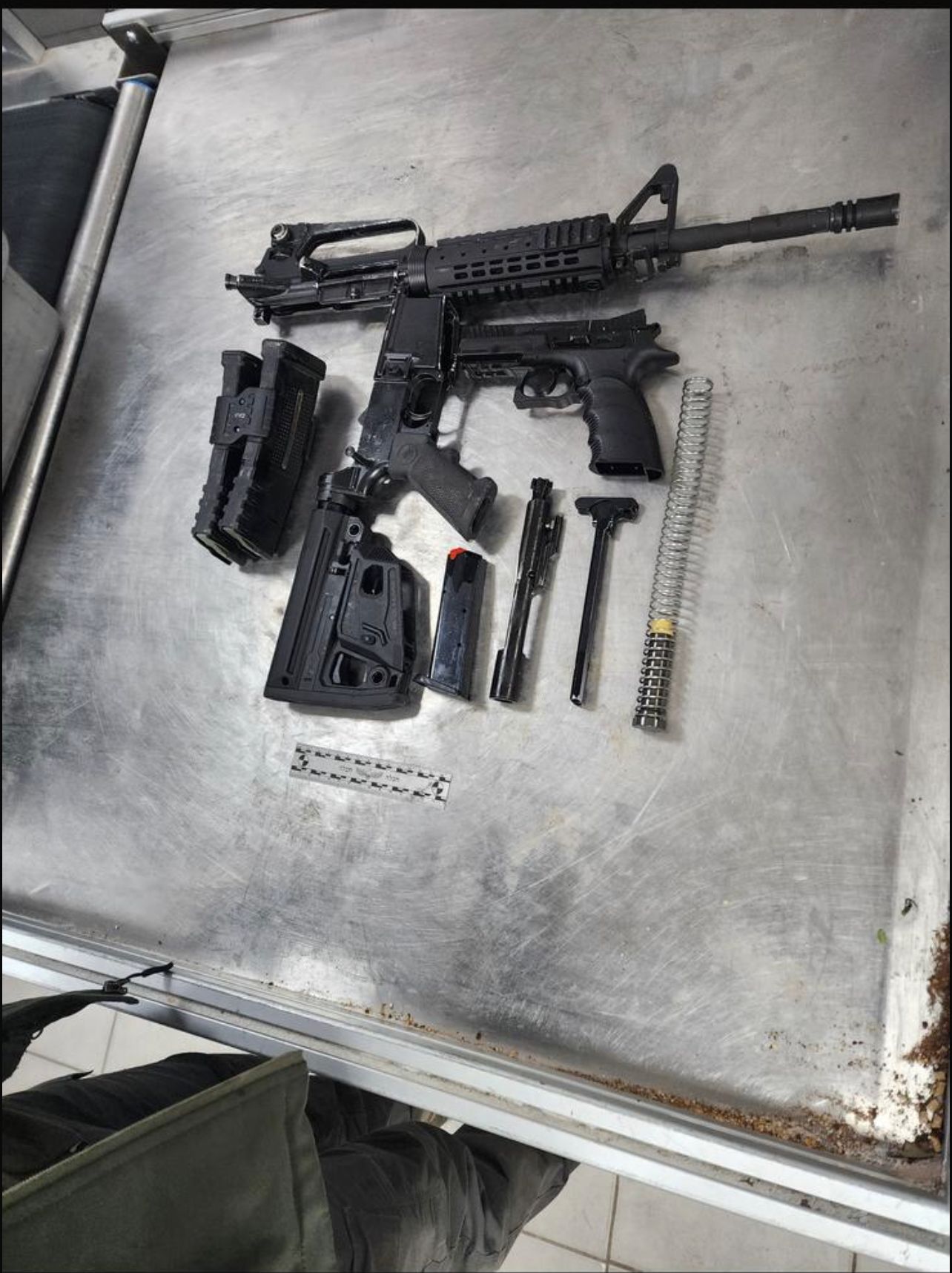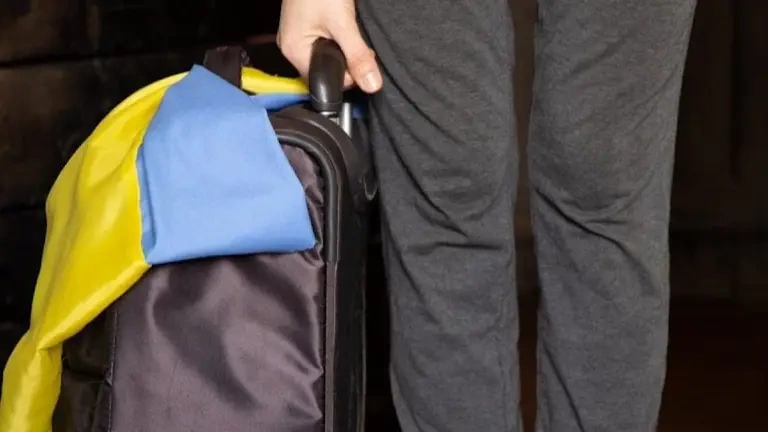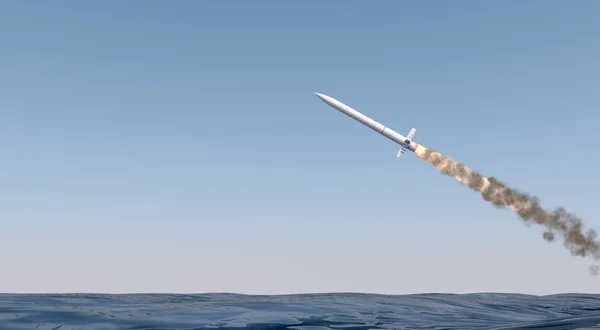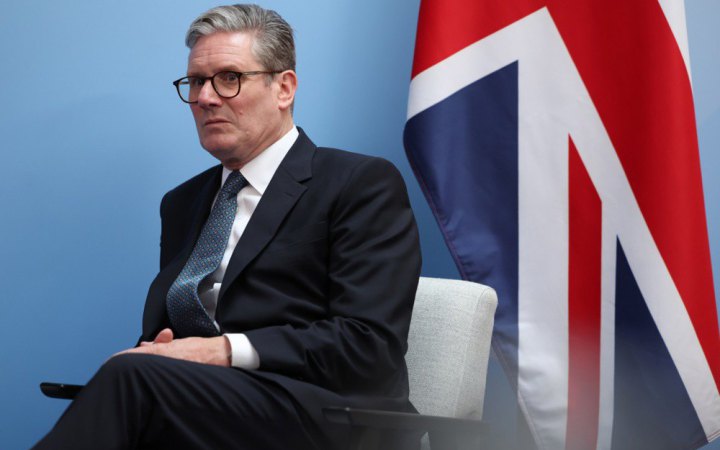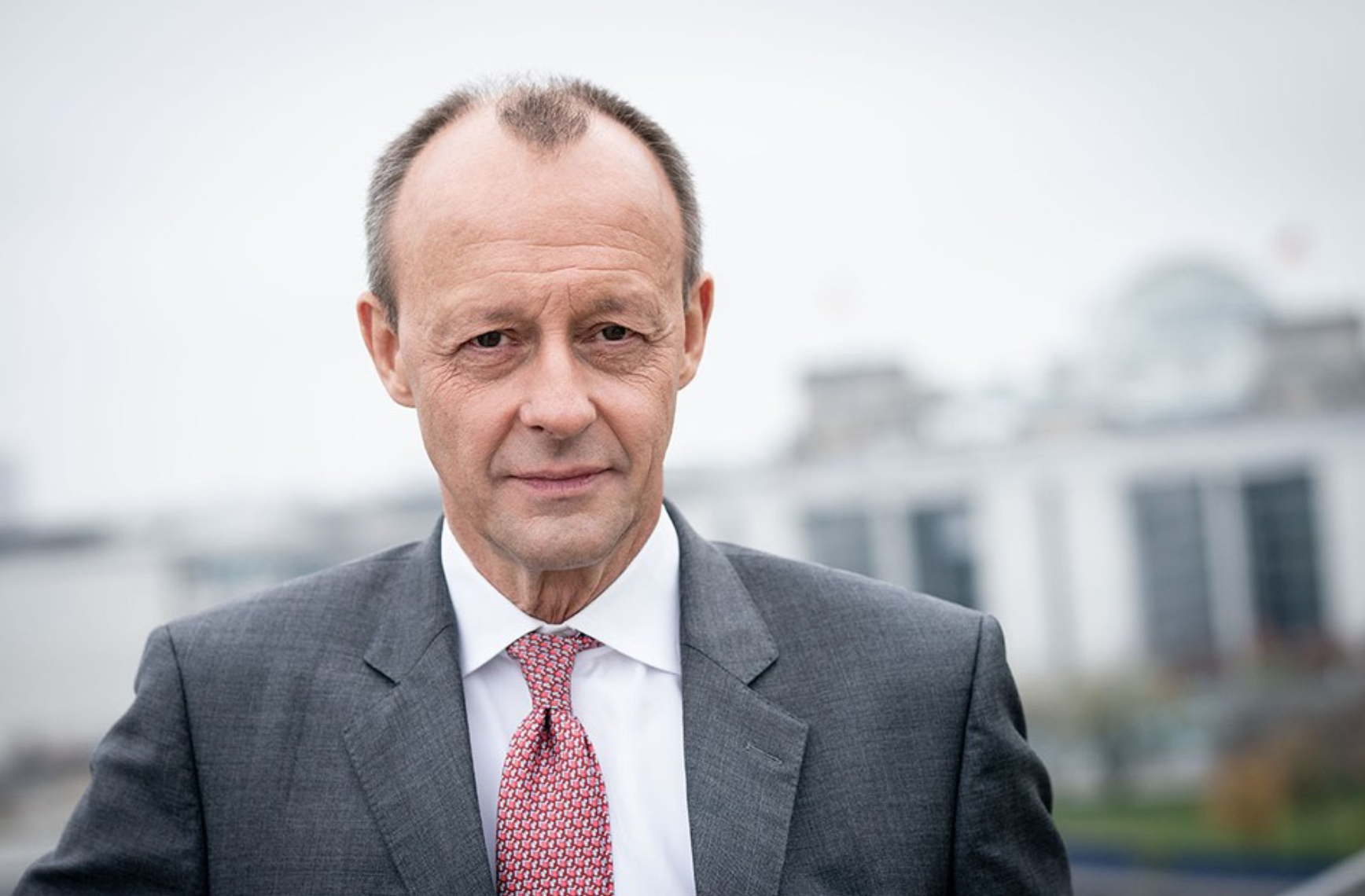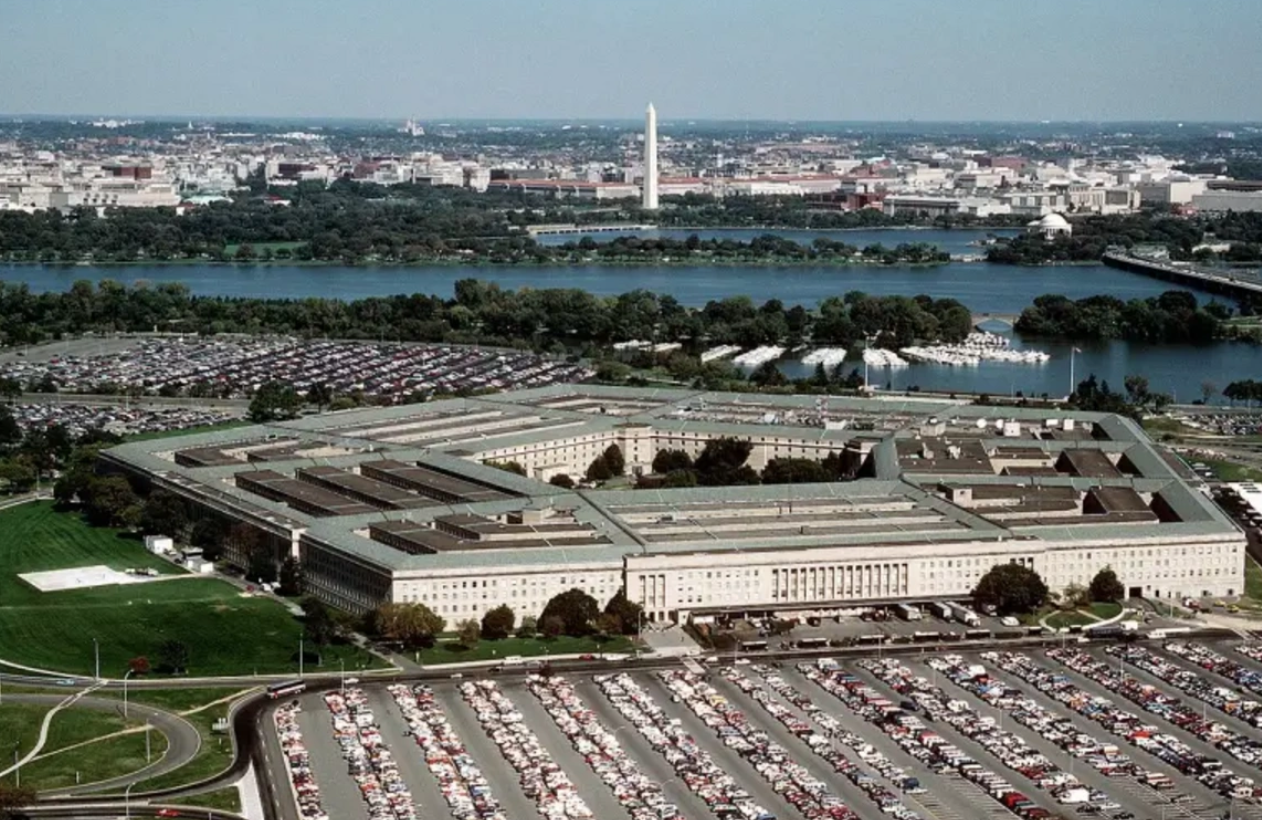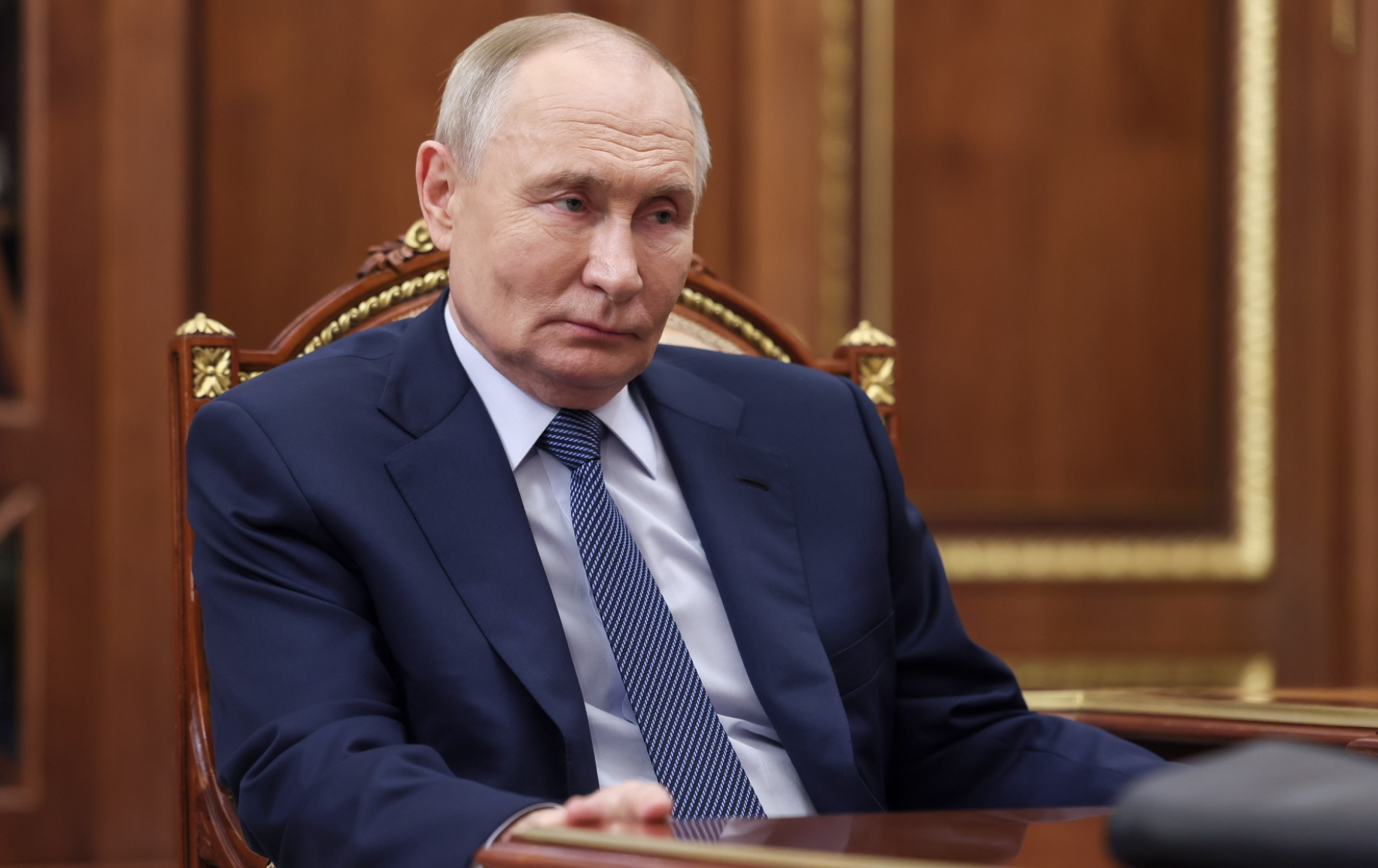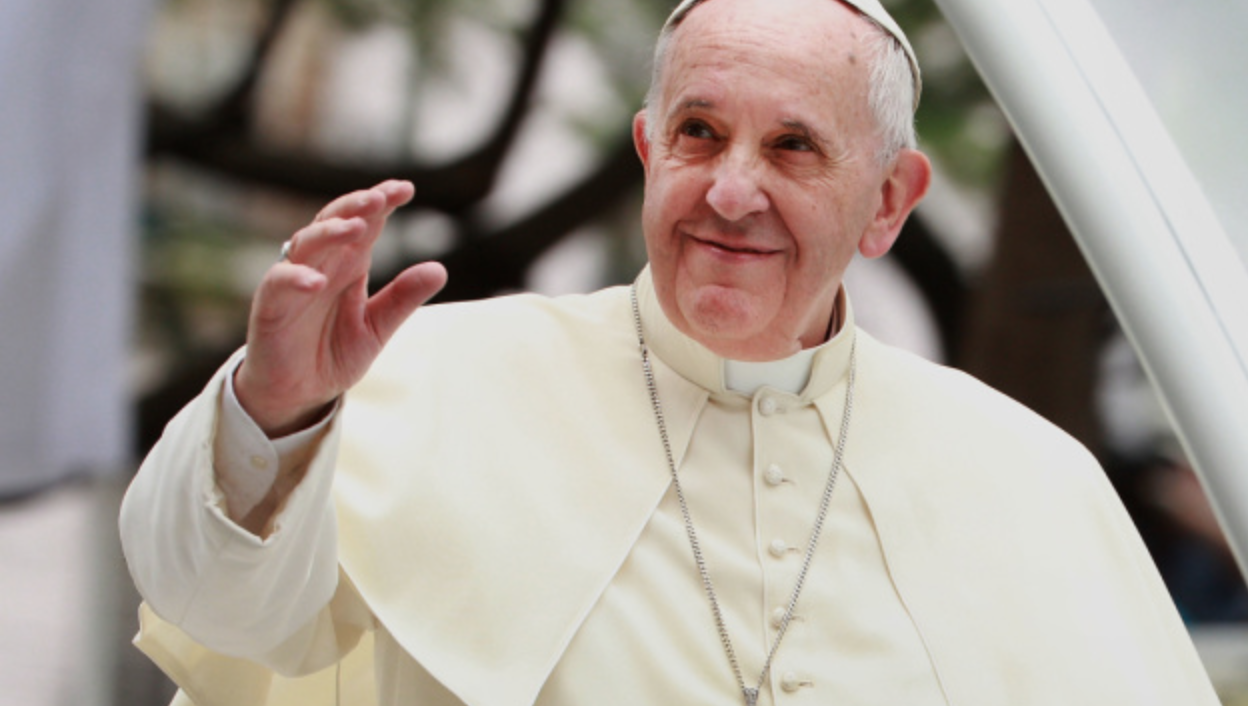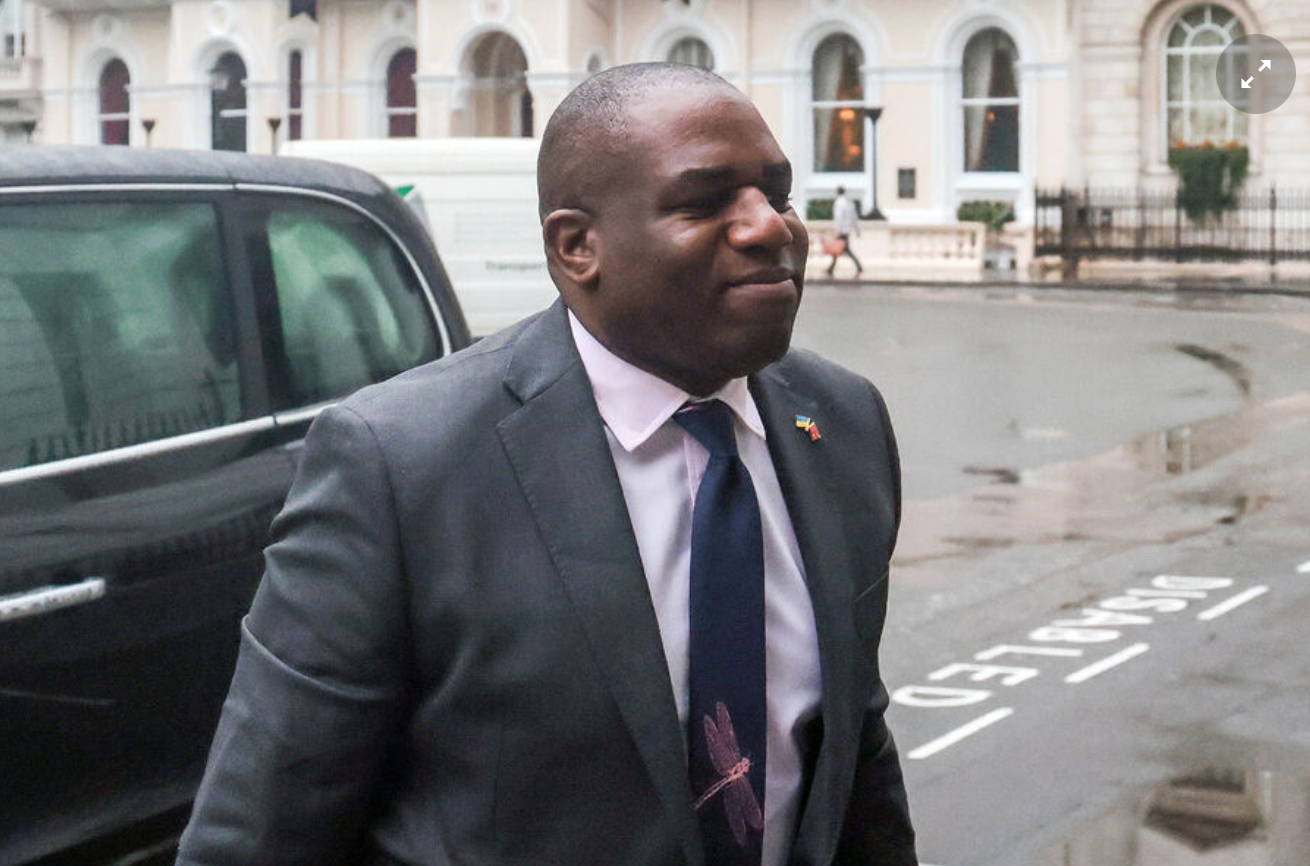Serhiy Ryabkov Photo: Ria Novosti
Russian Deputy Foreign Minister Sergei Ryabkov announced on Thursday that Russia does not rule out the possibility of creating new nuclear missile sites in response to the planned deployment of U.S. long-range conventional arms in Germany. This statement was reported Reuters.
Ryabkov emphasized that the defense of Russia’s Kaliningrad region, which borders NATO members Poland and Lithuania, is a priority. “I do not rule out any options,” he told journalists when asked about U.S. plans to deploy missiles.
Last week, the United States announced that starting in 2026, they will begin deploying SM-6, Tomahawk, and new hypersonic missile systems in Germany to demonstrate their commitment to NATO and European defense.
In June, Russian President Vladimir Putin stated that Russia would resume the production of ground-based short and intermediate-range missiles and decide where to deploy them if necessary. These missiles can be equipped with both conventional and nuclear warheads.
Ryabkov mentioned that Russia would choose the most effective response to the U.S. decision from a wide range of options, considering cost efficiency. He also highlighted that Kaliningrad has long attracted “unhealthy attention” from Russia’s adversaries.
“Kaliningrad is no exception in terms of our 100% determination to do whatever is necessary to counter those who might have aggressive plans and try to provoke us into actions that are undesirable and fraught with additional complications,” Ryabkov said.
It’s worth noting that the ground-based intermediate-range missiles that Russia and the United States plan to deploy were banned by the 1987 U.S.-Soviet treaty. However, the U.S. withdrew from the treaty in 2019, accusing Russia of violations, which Russia denied.
Security experts warn that the planned deployments are part of an arms race that exacerbates an already complex set of threats amid heightened tensions due to the war in Ukraine. The deployment of Russian nuclear missiles in Kaliningrad would send a strong signal to the West due to its proximity to NATO countries. However, such installations would likely be under constant surveillance by NATO intelligence services.
Russia could also consider deploying missiles in the Moscow or Leningrad regions, or in Chukotka in the far east, from where they could reach Alaska or even California, according to Andrey Baklitskiy, an arms control expert at the United Nations Institute for Disarmament Research.

